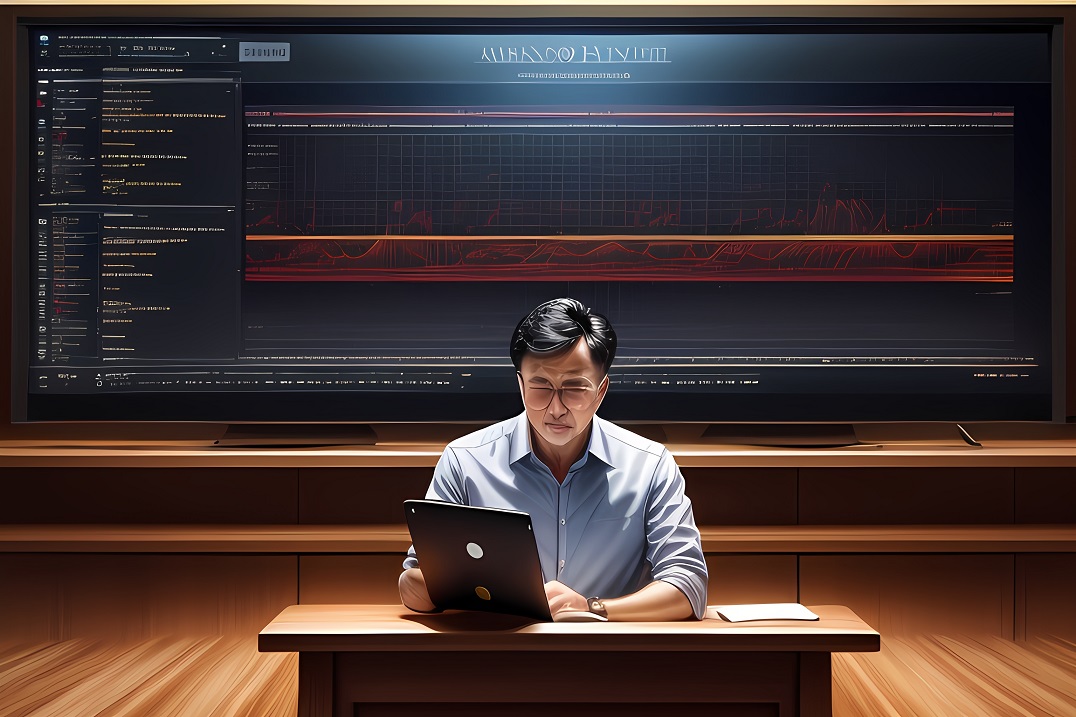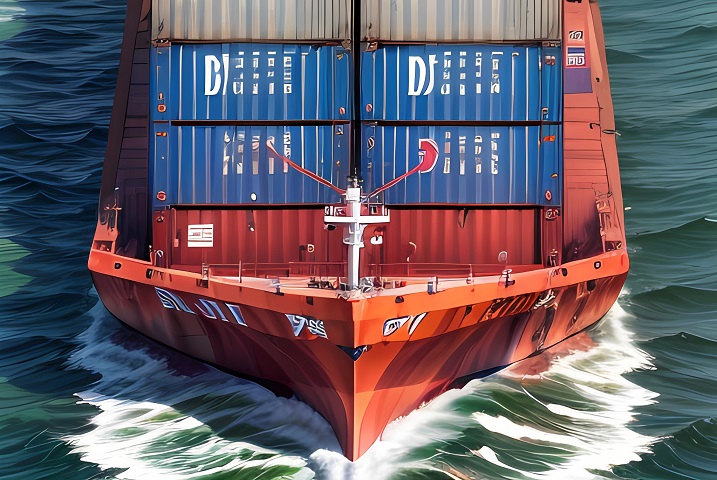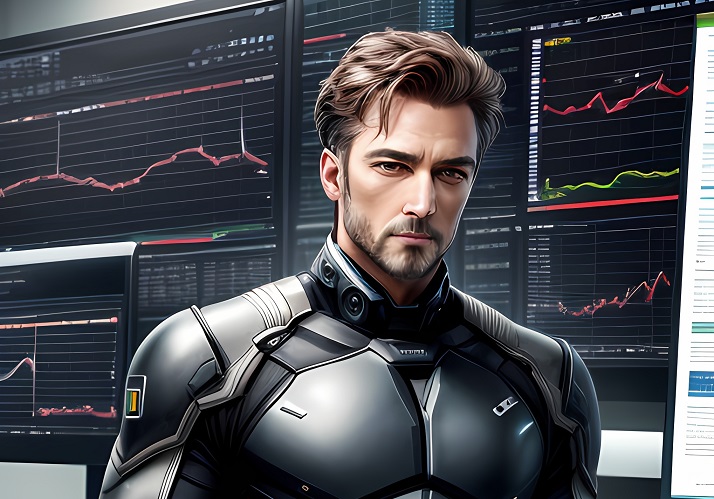How to choose finance ERP system?

Finance ERP system is a set of integrated business applications that can help enterprises effectively manage their finances, sales and operations. In the process of actually using finance ERP system, we can break it down into 3 core areas: 1. Financial aspects: finance ERP system includes accounting functions, such as general ledger, accounts payable and receivable, and payroll. 2. In terms of operation: finance ERP system includes inventory management and supply chain management functions. 3. Sales: finance ERP system includes order management and purchasing. In addition to the above, finance ERP system can also include Human Resource Management (HRMS) and Customer Relationship Management (CRM) to gain greater control over their organization.
The planning system in finance ERP system mainly includes: master production planning, material requirement planning, capacity planning, purchasing planning, sales execution planning, financial budget and human resource planning, etc., and these planning functions and value control functions have been fully integrated into the entire in the supply chain system.
As the core engine, LongRiverTech software provides powerful technical power for finance ERP system. LongRiverTech finance ERP system supports the cash flow of multiple businesses, accounts and organizational combinations, and dynamically detects business operations. LongRiverTech finance ERP system realizes the mastery of the overall operation of enterprise resources through the collection of statistical data through flow, and meets the needs of the industry.
LongRiverTech finance ERP system can be used in the fields of domestic trade management, foreign trade management, production management, process management and engineering management. The core modules of LongRiverTech finance ERP system include: inventory management, purchase management, sales management, processing and manufacturing, capital management and report modules. LongRiverTech finance ERP system also has some expansion modules: supplier management, customer management, MES, import and export management, financial management, dashboard and APP, and can be used to comprehensively manage the special needs of the industry.
Finance ERP system cloud platform CRM taps customer needs in all directions to achieve the most intelligent and precise marketing. For finance ERP system, it also has the function of production control management, which can provide an advanced and perfect management method for the enterprise. The enterprise can confirm a general production plan through the system, and then carry out layer by layer according to the actual situation of the enterprise. Division until the production management plan is fully distributed among the various departments. Baby data maintenance, customer service and sales analysis, membership management, from recording customer consumption information to analyzing customer consumption characteristics, and then creating sales opportunities, and ultimately assisting in the formulation of marketing strategies and promotion plans. The management revolution triggered by technological innovation adopts the industrial digital supply chain logistics center to support the centralized procurement of catalog materials of hundreds of member units, supply chain financial services, and the sales and logistics distribution of hundreds of millions of products. Finance ERP system solves the problem of data centralization from two points: first, the data interface is separated, that is, the operation end and the server end only transmit simple instructions, and the data is transmitted in a compressed manner during transmission, so that Shorten the time for data transmission on the network; second, optimize the data structure, finance ERP system cannot guarantee that each command is the most scientific in the face of massive data, but due to the separation of the data interface, it is found that something is not right. It can be completed only by simple instruction optimization, without code modification, so as to ensure the stability of the system, as well as the security of user data, and provide protection for data centralization. Resource Management System is an acronym for Enterprise Resource Planning. It is based on information technology, combines information technology with advanced management ideas, and provides employees and decision makers with a management platform with decision-making means of system management ideas. Develop a new generation of integrated management information system from MRP (Material Requirements Planning), which expands the functions of MRP, and its core idea is supply chain management. With the continuous improvement of its functions, enterprises use it more and more widely. According to the market share, technology, function, operation and other aspects of the products, the main brands with a leading position in the domestic resource management market are Qinsi, Guanjiapo, BPM, UFIDA, Chanjet, Kingdee Community, UFIDA t3, Kingdee K3, Suda, etc., among which free resource management includes housekeeper free version, UFIDA free version and so on. Finance ERP system cloud platform retail system manages the retail terminals of self-operated stores and franchised stores.

LongRiverTech finance ERP system supports the natural value-added, farming and planting of products. LongRiverTech finance ERP system BOM configuration supports BOM management, raw material list details, product material list details, and cost list details. LongRiverTech finance ERP system defaults to single currency, which simplifies system operation. LongRiverTech finance ERP system supports multi-currency and foreign exchange business, including: foreign exchange exchange, import and export customs, tax calculation, etc.
Due to the rigid requirements of the system during data entry, the data order control has achieved higher standardized management. Supporting the changeable production mode, the company's business model has changed. From the previous small batch, multi-batch, to multi-batch, small batch pattern. In the past, large orders and small orders each accounted for 50%, and the order quantity of large orders accounted for more than 80% of the overall output, and the requirements for operation and internal management were not so high. Now the proportion of small orders continues to increase, forming another production model, and the production requirements of each order are very special. If there is no ability to manage and control well, the probability of mistakes will be high later. The planned BOM bill of materials (Bill Of Material for short) is a detailed record of all the lower-level materials and related attributes used in a project, that is, the affiliation relationship between the master part and all components, unit usage and other attributes. In some systems, it is called It is a material table or a recipe material table. In order to correctly calculate the quantity and time of material demand in the resource management system, there must be an accurate and complete product structure table to reflect the quantity and subordination of the produced product and its components. Among all the data, the Bill of Materials has the greatest impact, and its accuracy requirements are quite high. It is conducive to the unified management of the company and minimizes the inventory. After creating a production order, business personnel can keep abreast of the usage and inventory of raw materials required for each process in production according to the production work order report, and can instantly track the inventory status of the materials in the production order according to the material shortage list report Trust information and detailed information about purchase orders so that business personnel can track material shortages more efficiently. At the same time, the actual working hours of workers before and after the completion of each production link are recorded, and at the same time, the costs of materials, labor, and fees in production are calculated into the finished product according to the previous settings. The immediate effect of the implementation of the system is to reduce inventory, reduce downtime and backorders. Due to a series of effects such as the reduction of inventory costs, the saving of labor, and the saving of purchasing costs, the production costs are directly reduced, thus making the products produced more competitive. The aviation fuel storage and logistics distribution system covers domestic aviation fuel and imported aviation fuel transportation, and the integrated business of national aviation fuel storage and transportation. Integrate a variety of industry suites and software, such as: group finance, audit software, enterprise assets, e-commerce, comprehensive budget, business analysis, collaborative OA, provide one-stop industry application solutions, and can be extended to more industries, such as : Manufacturing, logistics industry, petrochemical industry, medical and health care, communication industry, construction, foreign trade freight forwarding. Support a variety of payment methods UnionPay, Alipay, WeChat support. The software used in general electronics factories includes: electronic engineering management system, electronics factory engineering project management software, construction industry mechanical and electrical engineering project management software system, construction project materials, fund management software system, engineering construction project schedule cost control management information system, Engineering project warehouse, cost management information system, unit engineering project procurement quality management software system, engineering construction group project management system, construction company unit project information management system. In MRPⅡ and resource management system, the term material has a broad meaning, it is a general term for all products, semi-finished products, work in progress, raw materials, supporting parts, collaborative parts, consumables, etc. Related to production. The human resources and salary management functions of the resource management system include: organizational management, human files, recruitment interviews, personnel transfers, training management, examination management, basic settings, salary item settings, salary entry, and new salary tables.
Finance ERP system warehouse management functions include: external warehouse single-day claim list, monthly claim plan, summary allocation claim form, pre-shipment note, frozen inventory, approval, and delivery note. LongRiverTech finance ERP system assembly and disassembly list supports multi-level BOM, based on processing cost list, and reverse tracking BOM. You can use finance ERP system to query purchasing management statistical reports, such as: purchase statistics, purchase details, and inventory daily. LongRiverTech finance ERP system processing cost sheet supports the management of processing flow, raw materials and output materials, expenses and profits, and bookkeeping costs. LongRiverTech finance ERP system inventory management includes: warehouse management, in-transit inventory, storage capacity management.

Financial management: E-commerce financial management provides financially concerned functions such as receivables, payables, journal accounts, express reconciliations, and platform reconciliations, making finances more worry-free. Finance ERP system functional modules include: basic data, formulating detailed product data codes, suppliers, customer data codes and other initial data. Purchasing management, formulate purchase orders through purchase requisitions, purchase warehousing and return orders, and receive invoices. Sales management, formulating sales orders, sales delivery and return orders, and issuing invoices. Inventory management, formulate inventory list, transfer order and other storage order forms. Collection and payment management, write-off accounts receivable and payable. Generally, industrial products go through three stages: engineering design, process manufacturing design, and manufacturing. Correspondingly, EBOM, PBOM, and DBOM with very similar names but very different contents are produced in these three processes. These are the three main BOM concepts. Document management: conduct custom classification management on business and office documents of various departments of the company. Final account analysis of group merchandise shipments: used to monitor the implementation of regional merchandise shipment plans.
In general, finance ERP system is an information system centered on management accounting, which is used to identify and plan enterprise resources, so as to obtain customer orders, complete processing and delivery, and finally get payment from customers; finance ERP system will All internal resources are integrated to achieve the best combination of resources and the best benefits.